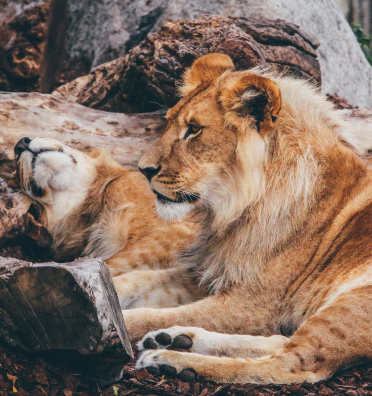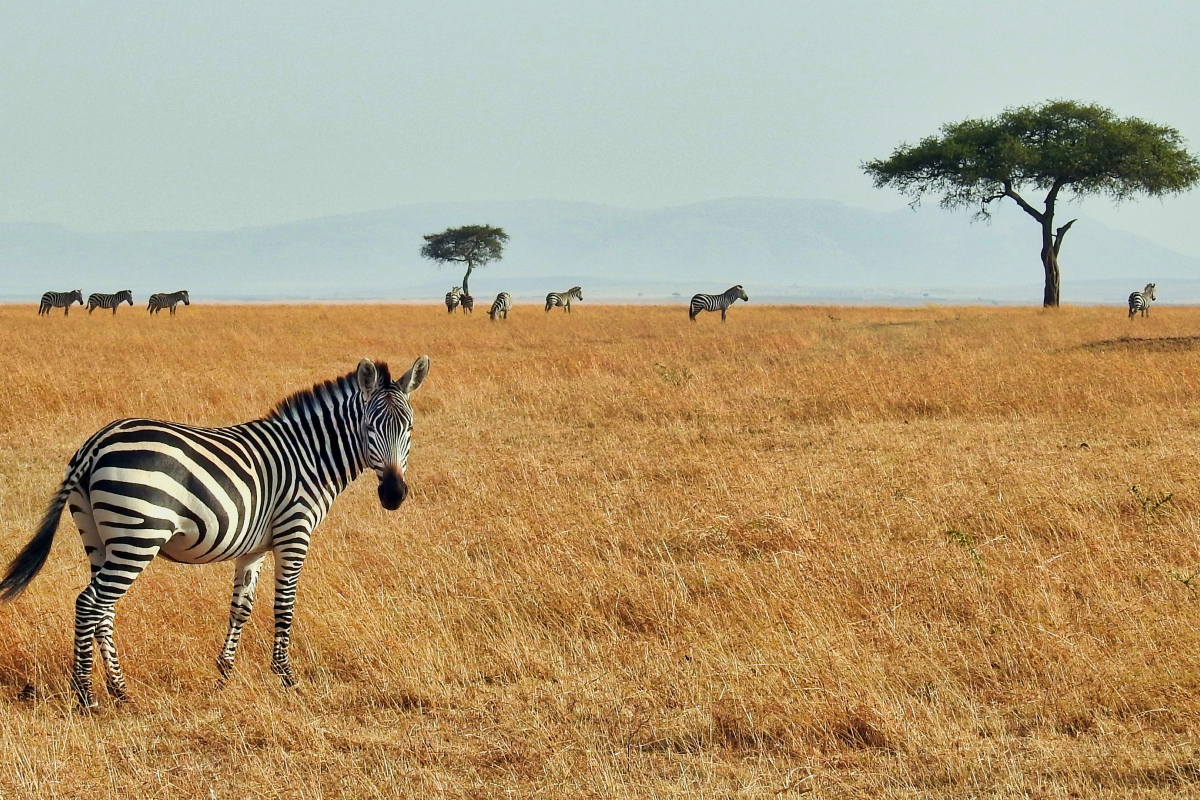Saved species
Loading...




Saving tigers from extinction requires a multifaceted approach that addresses the various threats they face. One of the most effective strategies for tiger conservation is the establishment and management of protected areas. These areas provide safe havens where tigers can live and breed without the threat of poaching or habitat destruction. However, simply designating protected areas is not enough. They must be well-managed, with sufficient resources for monitoring and enforcement to ensure that tigers and their prey are safeguarded.

Machli, often referred to as the Queen of Ranthambore, was not just any tiger—she was a legend. Born in 1997 in Ranthambore National Park, India, Machli became the most photographed tiger in the world. Her story is one of survival, resilience, and the power of conservation.

Panna National Park in Madhya Pradesh, India, once faced a devastating loss—by 2009, the park’s entire tiger population had been wiped out by poaching. This tragic event was a wake-up call for conservationists and the Indian government. A daring and unprecedented reintroduction program was conceived to bring tigers back to Panna.

Tara, a Bengal tigress, was rescued as a cub in the Sundarbans, a vast mangrove forest in India and Bangladesh. Orphaned at a young age, Tara was found starving and weak, her chances of survival in the wild nearly nonexistent. She was taken to a wildlife rescue center where she received care, but the challenge was not just to save her life but to prepare her for a future back in the wild.

Kaziranga National Park in Assam, India, is one of the last strongholds of the Indian tiger. Spanning over 400 square kilometers, this UNESCO World Heritage Site is home to a rich diversity of wildlife, including the largest population of the endangered Indian rhinoceros. However, the park’s tigers face constant threats from poaching, habitat encroachment, and flooding.

Raja, a Bengal tiger from the Sundarbans, was caught in a poacher’s snare, leaving him badly injured. The Sundarbans, known for its dense mangrove forests and treacherous waters, is home to a unique population of tigers that have adapted to this challenging environment. However, the region is also a hotspot for illegal poaching.

Ustad, also known as T-24, was a dominant male tiger in Rajasthan’s Ranthambore National Park. Known for his majestic appearance and fierce nature, Ustad ruled over his territory for years. However, in 2015, he was accused of attacking and killing several humans who had strayed into his territory.

Sariska Tiger Reserve in Rajasthan, India, experienced a catastrophic loss when its entire tiger population was wiped out by poaching in the early 2000s. The shocking revelation led to nationwide outrage and a renewed focus on wildlife protection. In response, the Indian government and wildlife organizations launched an ambitious plan to reintroduce tigers to Sariska, hoping to restore the reserve’s former glory.

The Amur tiger, also known as the Siberian tiger, is the largest of all tiger subspecies and is found primarily in the Russian Far East. In the 1940s, the Amur tiger population had dwindled to just 40 individuals due to hunting and habitat destruction, putting the species on the brink of extinction. Recognizing the dire situation, the Russian government implemented strict hunting bans and established protected areas to conserve the remaining tigers.